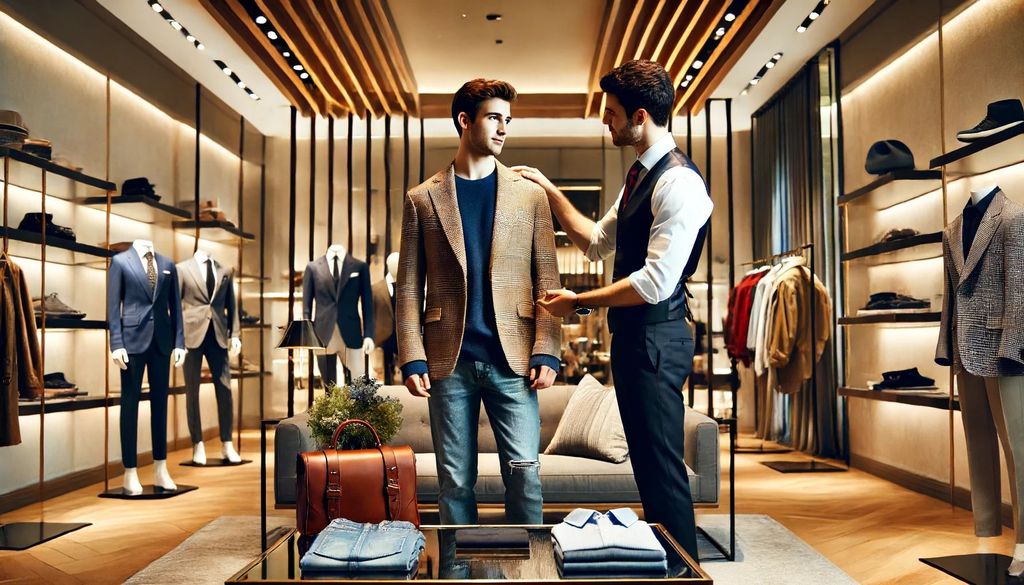Europe
● Germany: The average salary for a fashion stylist in Germany is around €25,549 per year, with most earning between €24,000 and €31,000 annually
● Italy: In Italy, fashion stylists earn approximately €2,346 per month, which translates to about €28,152 per year
● France: Hairdressers and stylists in France can expect to earn about €2,094 per month on average, totaling around €25,128 annually
United States
●Average Salary: The average salary for a fashion stylist in the United States is around $56,000 per year, with salaries typically ranging from $44,900 to $73,600 annually
● Hourly Wage: On an hourly basis, fashion stylists in the U.S. earn about $20 per hour, with rates ranging from $16 to $26.30
● High-End Jobs: Stylists working in high-end luxury retail or for celebrities can earn significantly higher salaries, often reaching up to $90,000 per year
Asia
● Philippines: In the Philippines, a hair stylist earns an average salary of ₱90,000 per year. This figure can vary significantly based on location and the level of expertise






